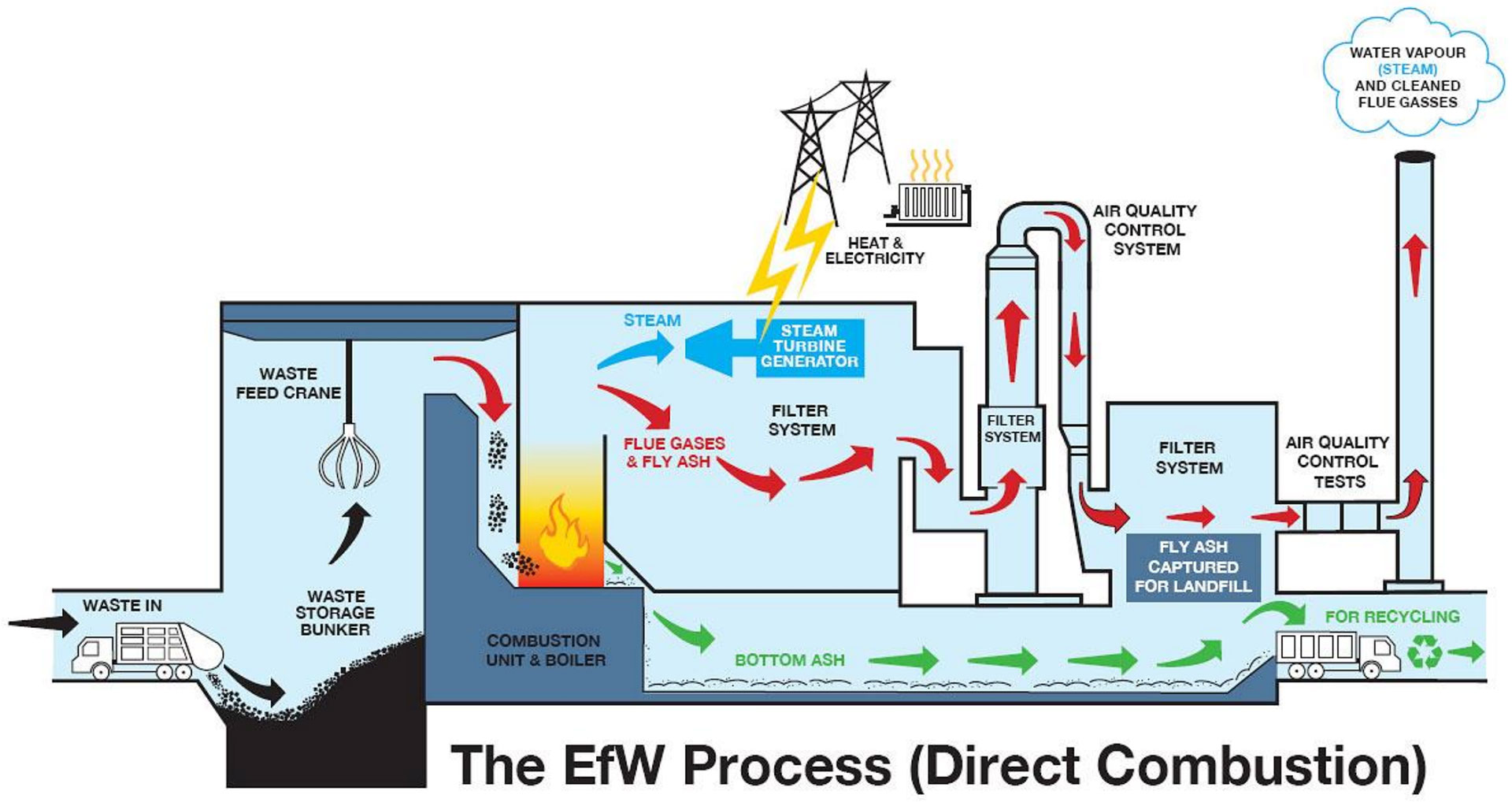IBA Aggregates are sustainable aggregates produced from the bottom ash output from energy from waste municipal incinerators.
Energy from Waste and IBA Aggregate
ABOUT US
IBA
The viability and sustainability of Municipal Solid Waste (MSW) incinerators are strongly influenced by the options available for the incinerator bottom ash (IBA) resulting from the incineration process. The amount of IBA produced averages around 22% by mass of the waste input into the incinerator.
The quality managed processing of IBA into IBA Aggregate is carried out in conformity to harmonised Construction Products Regulation British/European Aggregates Product Standards. This includes weathering, screening, metal recovery and grading to produce a range of grades of IBA Aggregate. IBA Aggregate’s engineering properties mean it is suitable for use in construction in accordance with relevant engineering specifications, primarily in civil engineering applications such as pipe bedding, sub base, engineering fill, concrete blocks, and asphalt.
Energy from Waste MSW incinerators
England needs to reduce the amount of waste going to landfill to help ensure the UK meets the EU Landfill Directive targets for 2020. England will need to reduce to amount of Biodegradable Municipal Waste (BMW) it sends to landfill each year, to no more than 10.2 million tonnes.
To meet these targets Defra is investing some £3 billion of grant funding in a number of waste infrastructure projects. These will help reduce the amount of waste sent to landfill, improve recycling and boost economic growth. This grant is paid over the 25-year operating life of each project.
Ref: https://www.gov.uk/government/publications/2010-to-2015-government-policy-waste-and-recycling/2010-to-2015-government-policy-waste-and-recycling#appendix-9-waste-infrastructure-delivery-programme
MSW incinerators generate energy
from the residual waste that would
otherwise have gone to landfill.
Incineration infrastructure

Modern incinerators are designed to optimise recovery from the waste stream:

The processing and recovery of aggregates and metals from the bottom ash are integral to an incinerator’s efficient operation. Over 3,000,000 tonnes of aggregates will result from the waste annual processing capacity of the 2017 operational infrastructure shown in table 1 above.
Ref: Data taken from Eunomia Residual Waste Infrastructure Review Issue 12 July 2017. Image. Arc21.org.uk.

